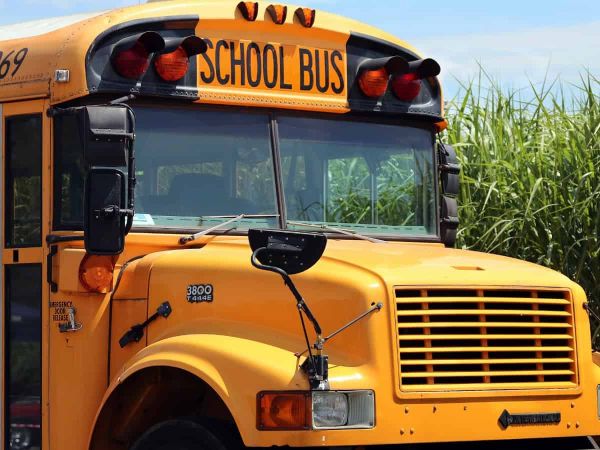
UK eased slightly to 3.4% in May, new data released today shows. The Office for National Statistics (ONS) said inflation was "little changed" but noted that air fares and fuel prices fell last month.
However, food prices and the cost of household goods and furniture went up. The ONS releases inflation data every month. The latest release marks the final set of inflation data that is confirmed before the announces its next interest rates decision on Thursday.
The Bank of England uses the level of inflation to help it decide what to do next with interest rates. Core inflation - which excludes energy, food, alcohol and tobacco, and is closely watching by the Bank of England - fell from 3.8% to 3.5% in May.
READ MORE:
READ MORE:
The Bank of England has a target of 2% inflation. It comes after the ONS admitted its inflation data for April was too high.
The ONS said inflation for April was 3.5% - but it later issued a statement saying it should have been 3.4%. It blamed the error on incorrect road tax data given to it by the Department for Transport.
Inflation fell to its lowest level in three years in September last year when it dropped to 1.7% but started to creep up again in October when rose.
Richard Heys, Acting Chief Economist at the ONS said: "A variety of counteracting price movements meant inflation was little changed in May. Air fares fell this month, compared with a large rise at the same time last year, as the timing of Easter and school holidays affected pricing.
"Meanwhile, motor fuel costs also saw a drop. These were partially offset by rising food prices, particularly items such as chocolates and meat products. The cost of furniture and household goods, including fridge freezers and vacuum cleaners, also increased."
Chancellor said: "We took the necessary choices to stabilise the public finances and get inflation under control after the double digit increases we saw under the previous government, but we know there’s more to do.
"Last week we extended the £3 bus fare cap, funded free school meals for over half a million more children and are delivering our plans for free breakfast clubs for every child in the country.
"This Government is investing in Britain’s renewal to make working people better off."
Mel Stride, Shadow Chancellor, said: "This morning’s news that inflation remains well above the 2% target is deeply worrying for families. Labour’s choices to tax jobs and ramp up borrowing are killing growth and stoking inflation – making everyday essentials more expensive.
"To plug the hole they have created, we now know Rachel Reeves has a secret plan to raise taxes. Make no mistake – more taxes are coming."
What is inflation?Inflation shows how the price of goods and services have changed over time. The Consumer Price Index (CPI) is the main measure of inflation.
The ONS calculates inflation based on a regularly updated "basket of goods" and services that represents what households are buying. However, the main CPI figure you see in headlines is used to represent an average.
This means the individual prices of some goods may be higher or lower than this main figure. When inflation is lower, it does not mean prices have stopped rising - it just means they're going up at a slightly slower rate than before.
For example, if the rate of inflation is 3% then it means an item that cost £1 last year would now cost £1.03.
How is inflation linked to interest rates?The Bank of England increased interest rates over the course of almost two years to try and lower inflation to its 2% target. The base rate influences the interest rate you're offered by banks and lenders.
When it is higher, borrowing becomes more expensive and this means people have less money to spend elsewhere. When people spend less money, this brings down demand and lower prices, which should then lower inflation.
But a higher base rate has pushed up mortgage payments for millions of homeowners, leaving households financially stretched. The base rate stood at just 0.1% in December 2021.
It reached a peak of 5.25% in August 2023 but has since been cut four times to its current level of 4.25%.
Why did inflation peak?Inflation began to rise in 2021 and peaked at 11.1% in October 2022. The steady increase was largely due to higher costs of energy and food.
Demand for energy increased after and then this was exasperated by the Russian invasion of . The war also pushed up food prices, due to rising costs for fertilisers and animal feed.
Both energy and food price rises have come down in recent months, although they are still higher than before.
-
Mumbai’s viral Vada Pav recipe; it is now Hyderabad’s favourite too

-
Hyderabad’s heritage sites have tourists but where are the souvenirs?

-
150 school buses booked in GHMC for safety lapses, RTA collects Rs 14L fine

-
Dubai returnee attacked by wife’s lover in Asifnagar

-
Husband blackmails Hyderabad woman with morphed images; complaint filed
